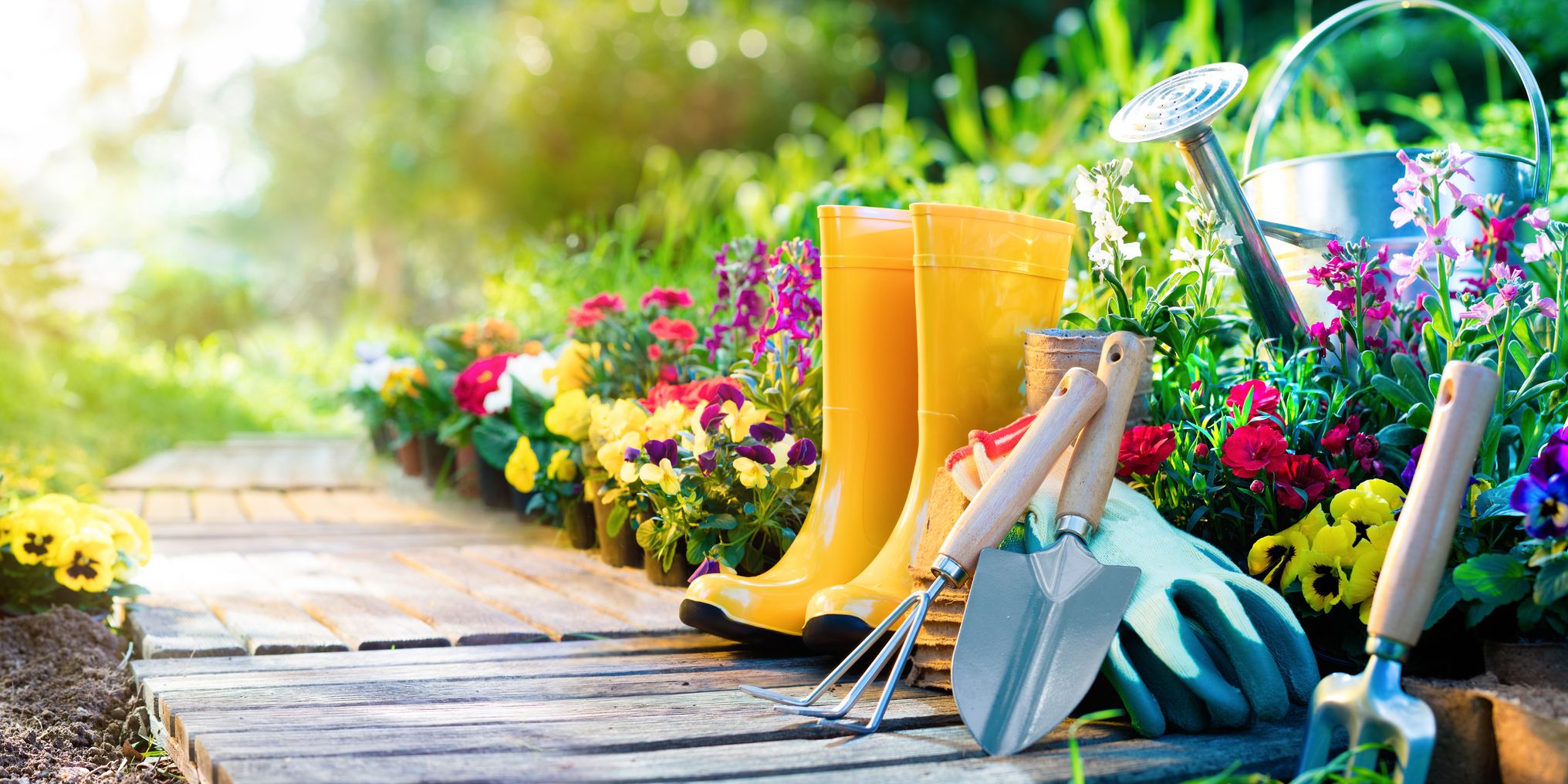Sustainable Gardening Practices for an Eco-Friendly Yard
Sustainable Gardening Practices for an Eco-Friendly Yard
Blog Article
The Comprehensive Overview to Horticulture: Discover the Benefits of Various Styles and Techniques
Gardening incorporates a varied array of designs and methods, each offering distinct benefits tailored to individual choices and ecological contexts. From the structured beauty of formal yards to the organic beauty of permaculture, comprehending these variants is crucial for cultivating a room that not just grows yet additionally mirrors individual values and visual appeals. Additionally, sustainable techniques play a vital duty in boosting neighborhood ecological communities and making certain long-term success. As we check out these different designs, it ends up being evident that the selections made can considerably influence both the yard's health and wellness and its contribution to the surrounding atmosphere.
Recognizing Horticulture Basics
Comprehending the essentials of gardening is important for cultivating a growing and lasting garden. An effective gardening endeavor begins with a strong structure of expertise regarding dirt, plant selection, and environment considerations.
Selecting the right plants is just as vital. Understanding their particular needs-- such as sunshine, water, and spacing-- ensures compatibility with the local climate and dirt problems. This selection process need to likewise take into consideration the development routines and lifecycle of plants, enabling a well balanced and visually pleasing garden.
In addition, effective watering techniques are vital. Over-watering and under-watering can both lead to plant stress and disease. Carrying out a routine based upon seasonal adjustments and plant needs can improve water performance.
Popular Horticulture Styles
What specifies the essence of preferred gardening styles? These designs encapsulate varied aesthetic principles, practical needs, and ecological factors to consider, eventually reflecting the garden enthusiast's individual vision. Among the most popular styles is the home yard, identified by its casual layout and a vibrant variety of blossoms and vegetables. This approach highlights a harmonious blend of shade and appearance, developing an inviting ambience.
On the other hand, the formal yard personifies balance and order, often including geometric patterns and carefully cut hedges. This design interacts style and class, with thoroughly picked plants that strengthen a structured visual.
The Japanese yard supplies a serene and introspective experience, making use of natural components like water, stones, and plants to create a relaxing atmosphere. It concentrates on simpleness and equilibrium, motivating reflection.
Furthermore, xeriscaping has acquired appeal, specifically in deserts (Gardening). It focuses on drought-resistant plants and effective water use, promoting sustainability while improving landscape appeal
Advantages of Container Gardening
Container gardening supplies a multitude of benefits that make it an appealing alternative for both beginner and experienced gardeners alike. Among the main benefits is flexibility; containers can be placed in Continue different locations, allowing gardeners to optimize sunshine direct exposure and create aesthetically enticing setups. This flexibility makes it possible to yard precede where traditional in-ground horticulture may not be viable, such as balconies, outdoor patios, or city environments.
In addition, container gardening provides far better control over soil conditions. Gardeners can customize the dirt this hyperlink mix to fit specific plants, making certain optimum water drainage and nutrient availability. This is specifically beneficial for people staying in areas with poor or polluted soil.
One more significant advantage is the reduced risk of bugs and conditions. Container plants can be checked extra quickly, and any type of problems can be attended to quickly. In addition, this strategy can minimize the spread of invasive types.
Sustainable Gardening Practices
Sustainable gardening methods are vital for promoting environmental wellness and enhancing biodiversity in our ecosystems. These techniques prioritize eco-friendly balance, resource preservation, and the use of natural techniques to reduce unfavorable environmental effects. By employing methods such as composting, gardeners can minimize waste while improving soil health and wellness, consequently cultivating a growing yard environment.
Water conservation is one more important facet of sustainable horticulture. Techniques such as rain harvesting, drip irrigation, and the usage of drought-resistant plants can significantly reduce water use while guaranteeing that plants obtain adequate wetness. Additionally, incorporating indigenous plant varieties right into garden styles sustains neighborhood wild animals and decreases the demand for chemical plant foods and pesticides, which can be dangerous to the environment.

Eventually, sustainable horticulture methods not only add to much healthier yards yet likewise advertise an even more resilient atmosphere, offering lasting benefits to both the garden original site enthusiast and the bordering neighborhood.
Tips for Successful Gardening
To cultivate a flourishing yard, garden enthusiasts need to prioritize cautious planning and thoughtful execution of their horticulture methods. Begin by examining the regional climate and dirt conditions, as these aspects significantly influence plant option and growth. Choose plants that are well-suited to your atmosphere, considering indigenous varieties that will certainly love marginal treatment.
Applying a well-structured layout is crucial (Gardening). Utilize friend growing techniques to promote biodiversity and all-natural bug control, while guaranteeing each plant has appropriate space for growth. This not just enhances appearances yet also boosts general plant health and wellness
Normal maintenance is essential to an effective garden. Establish a consistent schedule for watering, weeding, and fertilizing. Mulching can aid maintain wetness and suppress weeds, while likewise adding raw material to the soil.
Consistently keeping an eye on plant health and development will enable for prompt treatments. Be open to learning and adjusting; horticulture is a continuous process that profits from experience and testing.
Conclusion


In recap, the expedition of diverse horticulture designs and approaches exposes their multifaceted benefits, adding to both aesthetic charm and ecological wellness. Container horticulture uses versatility and ease of access, while sustainable techniques improve ecological stewardship.
Report this page